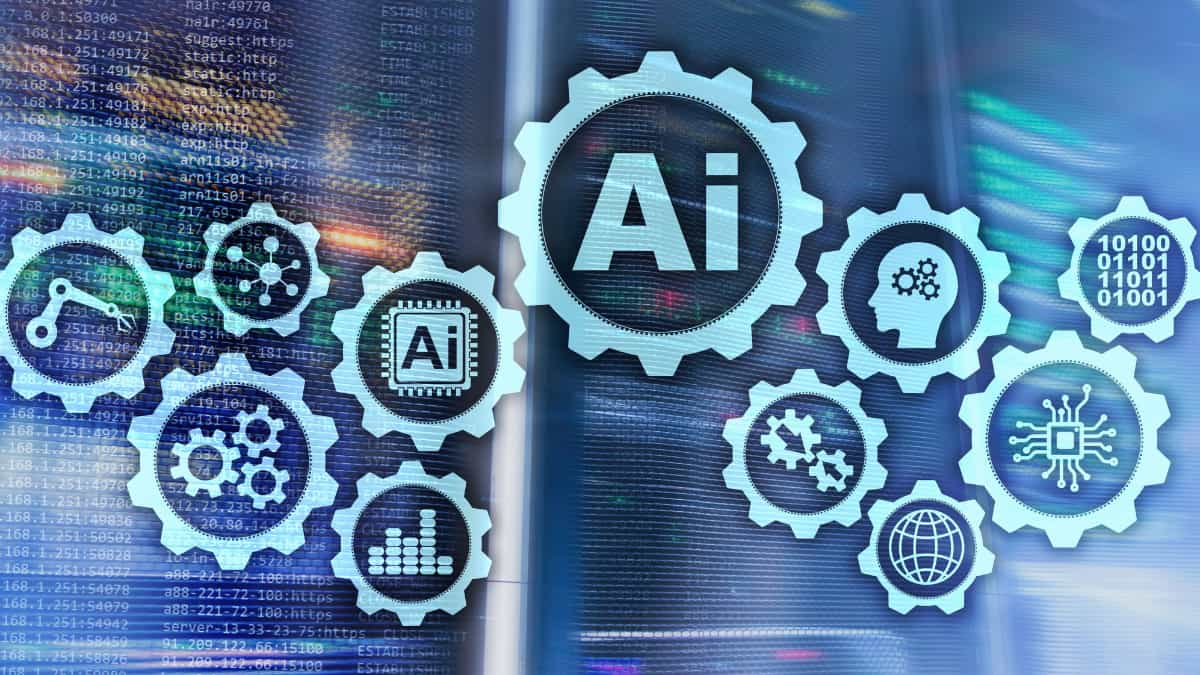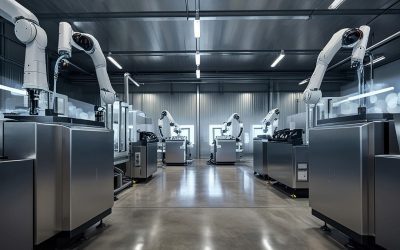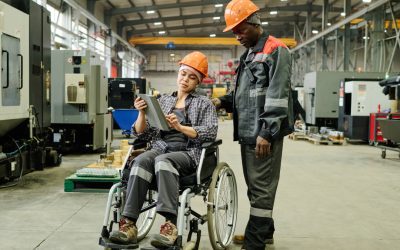Across all industry sectors, there is no escaping headlines surrounding developments, advances, and the use of AI.
And like it or run for the hills at the mention of it, AI is here to stay.
For manufacturing, AI automation has generated a lot of discussions and centered around a significant shift for those looking at innovating and optimising processes in their manufacturing.
Embracing new technology to support rising material costs, supply chain disruptions, customer expectations, continued skill shortages, and increasing regulatory pressures, matching AI with manufacturing automation has never been so important.
AI Automation
AI automation is a way for manufacturers to use advances in digital to optimise manufacturing processes as data-driven technologies and data from machine learning are collected to improve critical decision-making areas.
Suitable for areas such as predictive maintenance, with AI automation, you can now identify equipment failures before they happen, allowing you the opportunity to put in place contingencies to reduce the risk of downtime and productivity.
With a focus on innovation, AI can now also be implemented into CAD designs. For example, by entering parameters such as the materials you should use, the size, and weight of the desired product, manufacturing methods you want to utilise, costs, blueprints, as well as instructions, AI automation can provide you with access to a range of design options for new products allowing you to choose the most appropriate and best one to head into full production – saving time, speeding up product development all while enabling innovative design.
Benefits of AI automation
Access to real-time data – we know that data is one of the most powerful tools you possess, and having real-time data at your fingertips allows you to help with planning and productivity, make better, more informed decisions and analyse supplier data to identify patterns and trends.
Risk reduction – collaborative robots are growing in popularity, not because they’re a new fad, but because they help to enhance and complement the workforce, reducing errors and defects on the production line, as well as providing speed, efficiency, and value when we examine inventory and stock control.
Optimised inventory – AI, linked to data inputs, helps manufacturers stay on top of software issues by providing support with better stock management and purchasing cycles. You can also examine the cost of raw materials now and then and have a clear picture of inefficiencies and how these can be eliminated.
Improves productivity – with the right automation and the introduction of AI, you can now streamline factory operations and reduce downtime, leading to a reduction in waste and the ability to get products to customers on time with clearer communication.
Maintains high standards – improves product quality by identifying equipment problems sooner, allowing you to determine the root cause of production issues quickly.
Reduce costs – as AI automation streamlines processes and optimises productivity, manufacturers see a good return on their investment.
Builds sustainable supply chains – with improved visibility and flexibility in data, manufacturers can better prepare for future supply chain disruptions, from capacity to forecasting to stock taking; continuous monitoring means you can be alerted the moment an issue arises.
Risks to AI automation
However, to get the best out of AI….your data must be good, and we know that not all manufacturers collect and maintain their data effectively, using legacy systems that won’t generate the best AI results.
In addition, there is still a reliance on humans to manage, maintain, and collaborate with AI automation, which can involve change management.
AI automation in factories goes beyond robots on the factory floor; it is the introduction of technology to support designs, stock control, supplier forecasting, and more.
AI in operation
Online retailer Amazon is renowned for its adoption of robotics and, indeed, AI to support its enhancement of the customer experience.
For example, Amazon has deployed thousands of robots to work alongside their employees to help identify and store inventory at their fulfilment centres – which they have reported they can now do 75% faster.
This technological adoption has enabled Amazon to reduce the time it takes to process an order by 25%, improve shipping predictability, and increase the number of products that can be offered on the same day or next day delivery – boosting sales.
Innomech
Adopting an AI strategy should be linked to overall business strategy and outcomes. It is a significant investment, so it’s essential that you get it right.
With AI automation, you can achieve humans and machines working together using data and analytics to develop better and more innovative decision-making and create a sustainable business model that generates additional revenue while reducing costs.
If you’re looking at new technology, systems, and automation and would like support scoping out the project further, book a consultation with a member of our team and see how we can help.
Show your digital transformation with Innomech – supporting the manufacturing industry in designing, developing, and producing innovative special purpose-built machinery and equipment.




